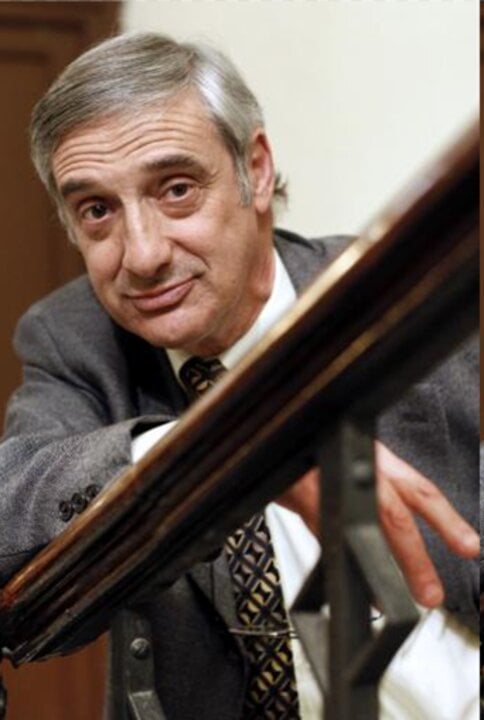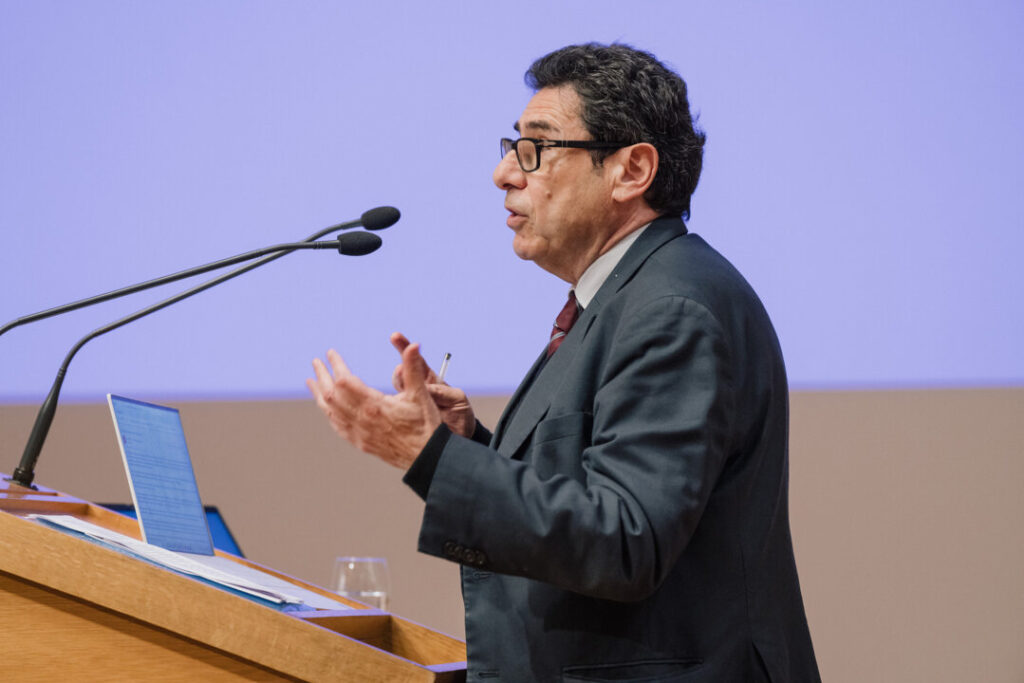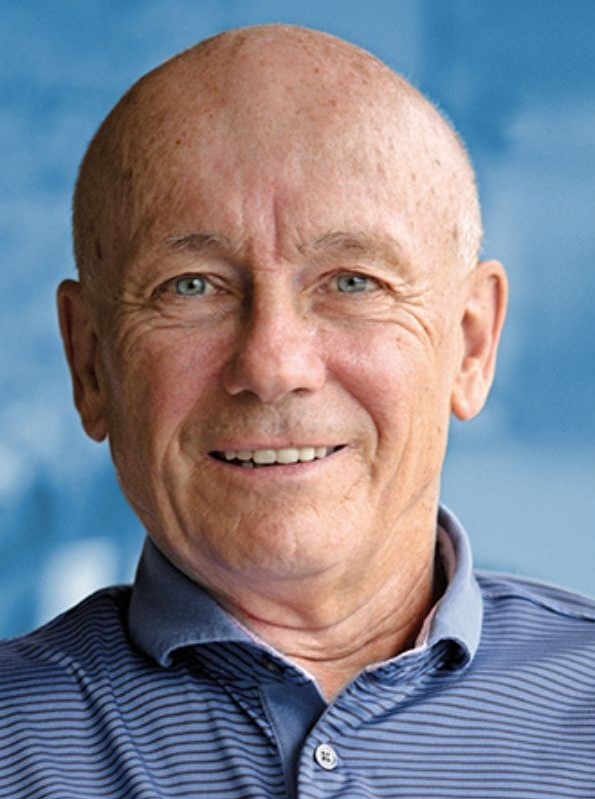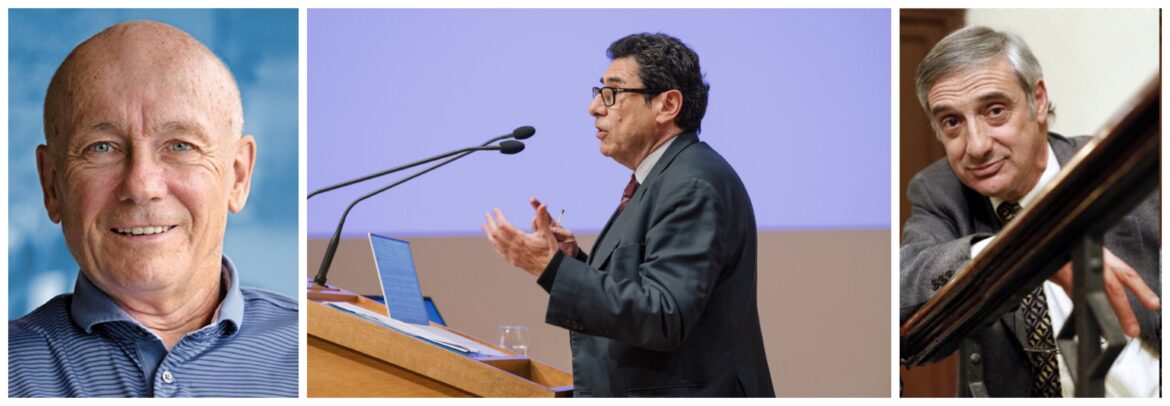How can new technology drive sustained growth?
The Royal Swedish Academy of Sciences awarded the Sveriges Riksbank Prize in Economic Sciences in Memory of Alfred Nobel 2025 to Joel Mokyr, Philippe Aghion and Peter Howitt for ‘having explained innovation-driven economic growth.’

Born in the Netherlands on July 26, 1946, Joel Mokyr belongs to Northwestern University, Evanston, IL, USA and Eitan Berglas School of Economics, Tel Aviv University, Israel. Mokyr received the prize for having identified the prerequisites for sustained growth through technological progress. Philippe Aghion was born on August 17, 1956, in Paris. He belongs to Collège de France and INSEAD, Paris, France and the London School of Economics and Political Science, UK. He was awarded for the theory of sustained growth through creative destruction. Born in Canada on May 31, 1946, Peter Howitt belongs to Brown University, Providence, RI, USA. He received the coveted prize for the theory of sustained growth through creative destruction.
Over the last two centuries, the world has seen sustained economic growth for the first time in history. This has lifted vast numbers of people out of poverty and laid the groundwork for global prosperity. The prize recipients, Joel Mokyr, Philippe Aghion and Peter Howitt, explain how innovation provides the impetus for further progress.
Technology advances rapidly, affecting us all, as new products and production methods continually replace old ones in an ongoing cycle. This is the basis for sustained economic growth, which results in a better standard of living, health and quality of life for people around the globe, the Nobel committee said in its announcement. However, this was not always the case, it added.

Quite the opposite – stagnation was the norm throughout most of human history. Despite important discoveries now and again, which sometimes led to improved living conditions and higher incomes, growth always eventually levelled off. Joel Mokyr used historical sources as one means to uncover the causes of sustained growth becoming the new normal. He demonstrated that if innovations are to succeed one another in a self-generating process, we not only need to know that something works, but we also need to have scientific explanations for why. The latter was often lacking before the Industrial Revolution, which made it difficult to build upon discoveries and inventions. He also emphasised the importance of society being open to new ideas and allowing change.
Philippe Aghion and Peter Howitt also studied the mechanisms behind sustained growth. In an article from 1992, they constructed a mathematical model for what is called creative destruction: when a new and better product enters the market, the companies selling the older products lose out. The innovation represents something new and is thus creative. However, it is also destructive, as the company whose technology becomes passé is outcompeted.
In different ways, the laureates show how creative destruction creates conflicts that must be managed constructively. Otherwise, innovation will be blocked by established companies and interest groups that risk being put at a disadvantage, the press release stated. “The laureates’ work shows that economic growth cannot be taken for granted. We must uphold the mechanisms that underlie creative destruction, so that we do not fall back into stagnation,” says John Hassler, Chair of the Committee for the prize in economic sciences.

Peter Howitt and Philippe Aghion have been working together for many years. Peter Howitt, like others, didn’t expect the Nobel Prize in economics. In a call after the announcement, he talks to the Nobel Prize’s Adam Smith about his longstanding friendship with fellow laureate Philippe Aghion and how they started their collaboration in the conducive environment of MIT. “My future,” he concludes, “is going to involve more economics, and less golf, than I had anticipated!”
In the short conversation. Howitt said, “Philippe, when I met him, was just a beginning assistant professor. I’m a little older than he is. I was on a sabbatical leave at MIT, where he had taken his first job after graduating with his PhD from Harvard. He was a brilliant micro-economist, and I am mainly a macro-economist, but he was interested in economic growth, and I also had ideas about economic growth. We got together, and he had always been interested in the concept of creative destruction. I had ideas of how we could model it. We just seemed to click very well.”

